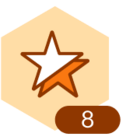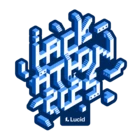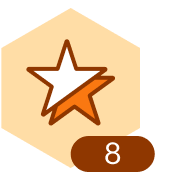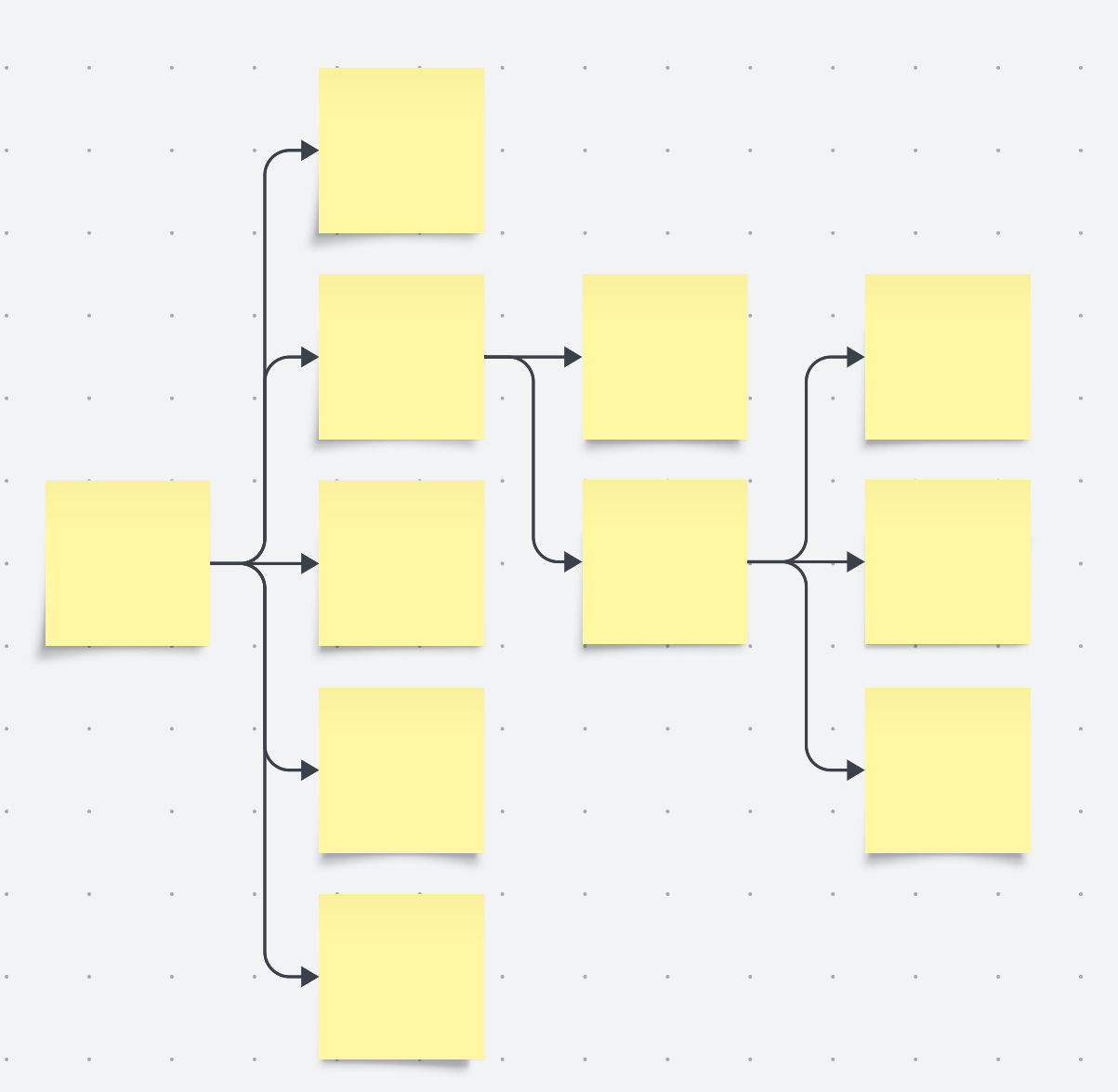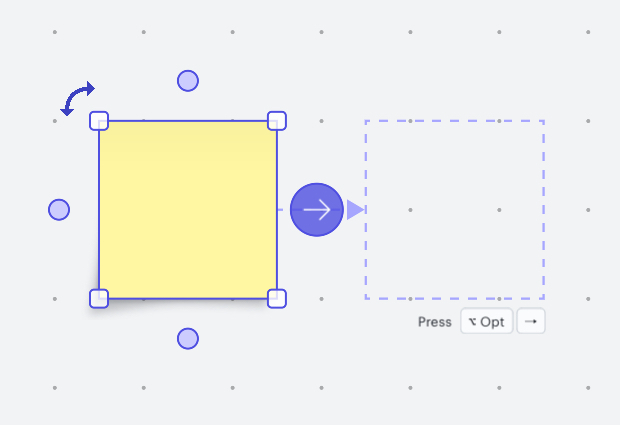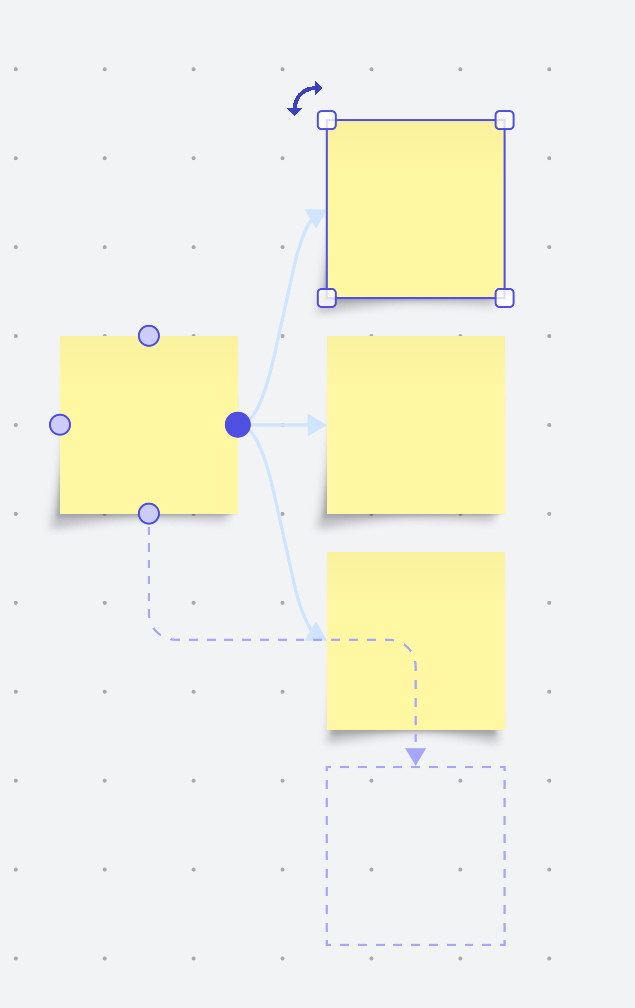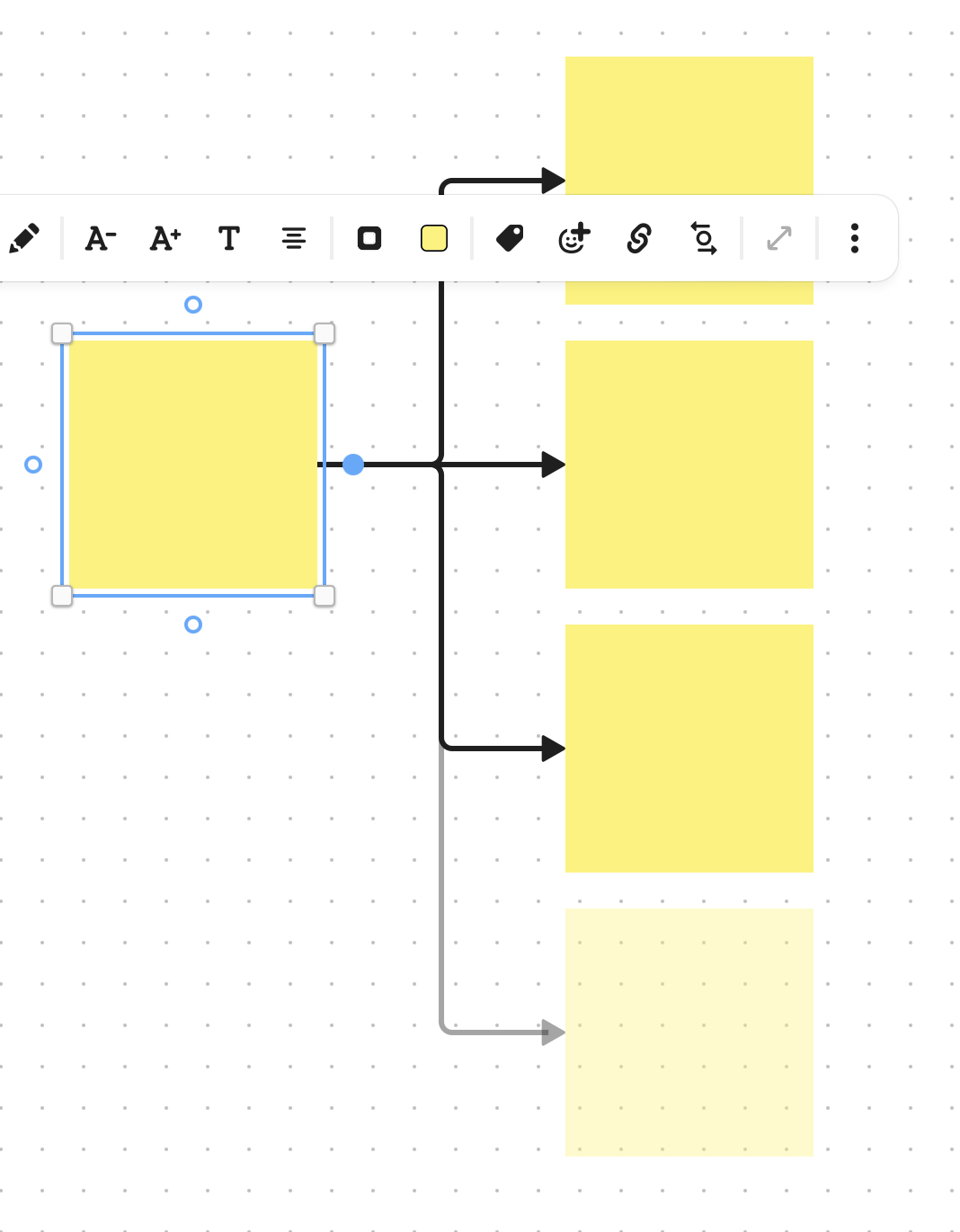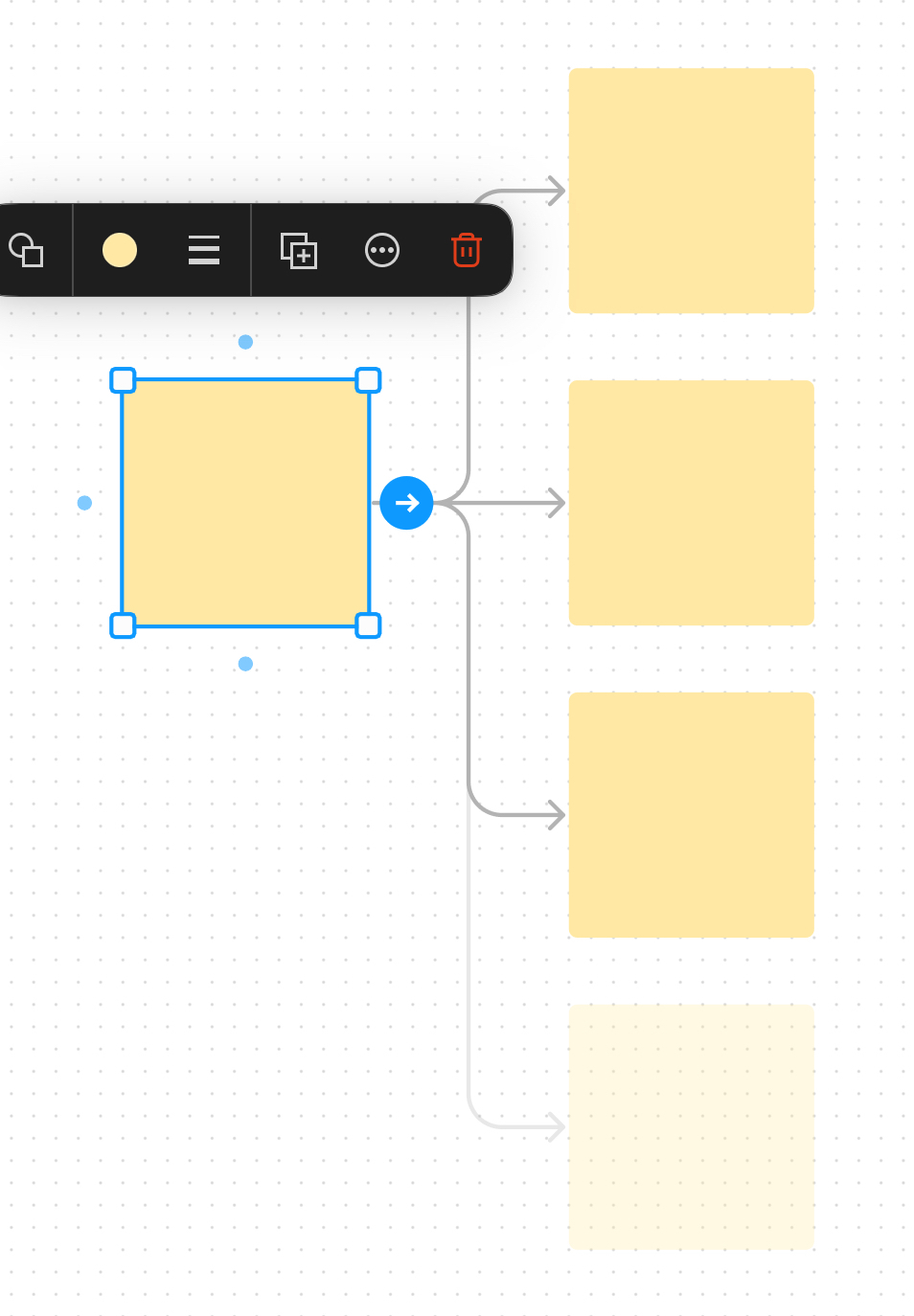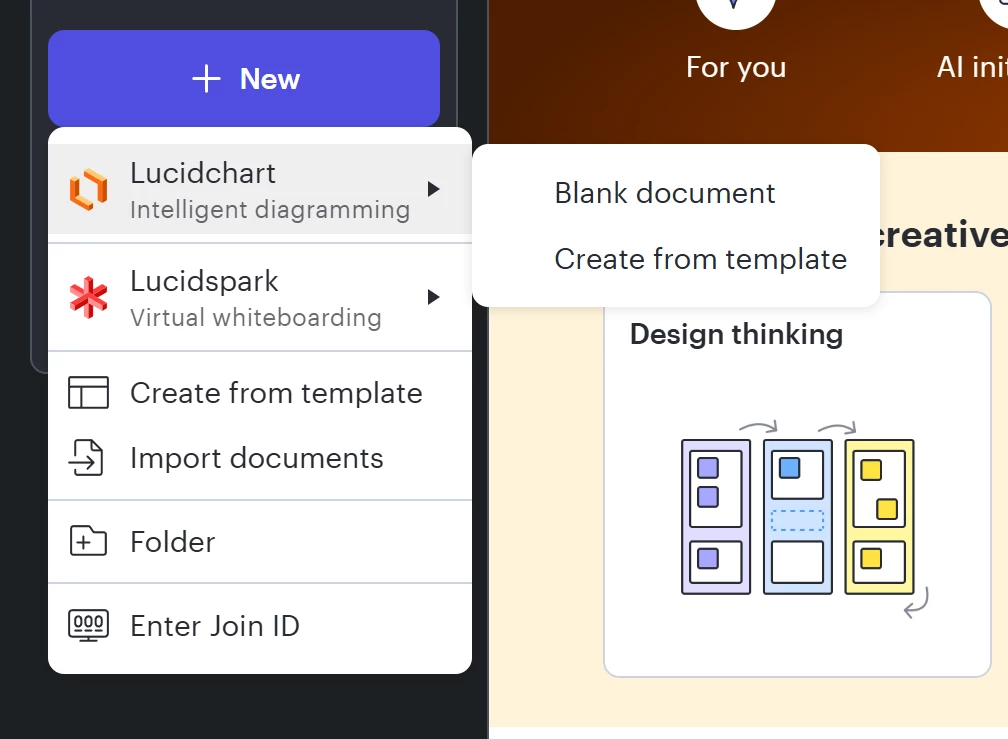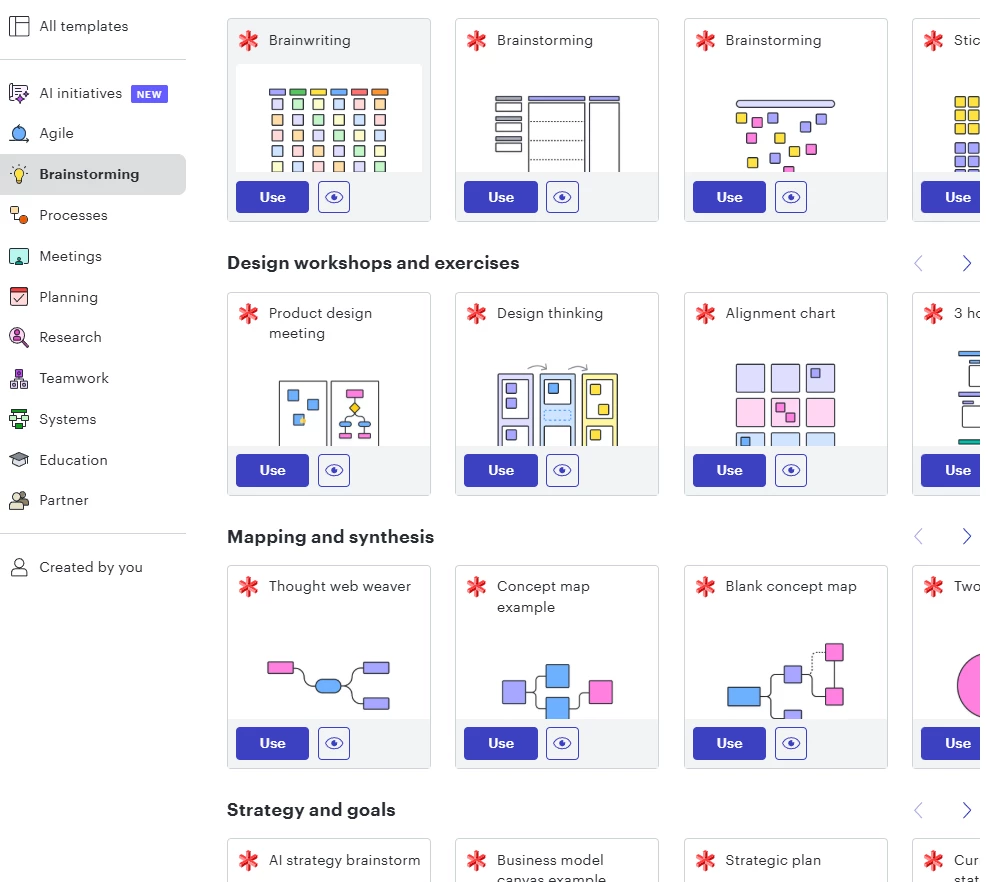Hi @Paul.l
Lucidspark and Lucidchart serve complementary but distinct purposes within the Lucid suite of products. While there is some overlap in their capabilities, particularly around process mapping and whiteboarding, they are designed to excel in different areas.
Here are the key differences:
Lucidspark:
- Main focus - Brainstorming, ideation, and collaborative whiteboarding.
- Most suitable for early-stage project planning, real-time collaboration, and freeform brainstorming sessions.
- Key features - Interactive sticky notes, freehand drawing, voting sessions, and dynamic brainstorming tools. It’s designed to be a more flexible, informal environment for generating and organizing ideas.
Lucidchart:
- Main focus - Detailed diagramming, process mapping, and creating structured diagrams.
- Most suitable for formalizing plans, process flows, organizational charts, technical diagrams, and other detailed visual representations.
- Key features - Extensive shape libraries, advanced diagramming tools, data linking, and the ability to create more precise and formalized charts. It supports complex diagramming with features like layers, data overlays, and integrations with other software tools.
Integration and Functional Overlap
- Both tools can handle process mapping, but Lucidchart offers more advanced and precise diagramming features suitable for complex process maps. Lucidspark is great for initial brainstorming and sketching out ideas that can later be formalized in Lucidchart.
- Lucidspark is explicitly designed for a whiteboarding experience with interactive and collaborative features tailored to brainstorming sessions. Lucidchart can be used for whiteboarding but is more structured and less flexible for freeform brainstorming.
The division of functionality between Lucidspark and Lucidchart is intentional to cater to different stages of the project lifecycle and different user needs:
Lucidspark aims to provide a fluid, intuitive environment for idea generation and team collaboration.
Lucidchart focuses on creating detailed, precise diagrams that are often required in later stages of project development or for documentation purposes.
While this split can sometimes mean switching between tools to access certain features (like jump lines in Lucidchart for more detailed process mapping), it ensures that each tool is optimized for its primary use case.
Concrete Reasons to Use One Over the Other:
- Use Lucidspark when you need to brainstorm ideas, collaborate in real-time with your team, and engage in freeform, creative thinking.
- Use Lucidchart when you need to create detailed, formalized diagrams, process maps, and other structured visuals that require precision and advanced features.
The split in functionality is designed to keep each tool focused on its strengths, though it may require users to switch tools depending on their specific needs at different stages of a project. Understanding these distinctions can help you leverage the strengths of both tools effectively.

